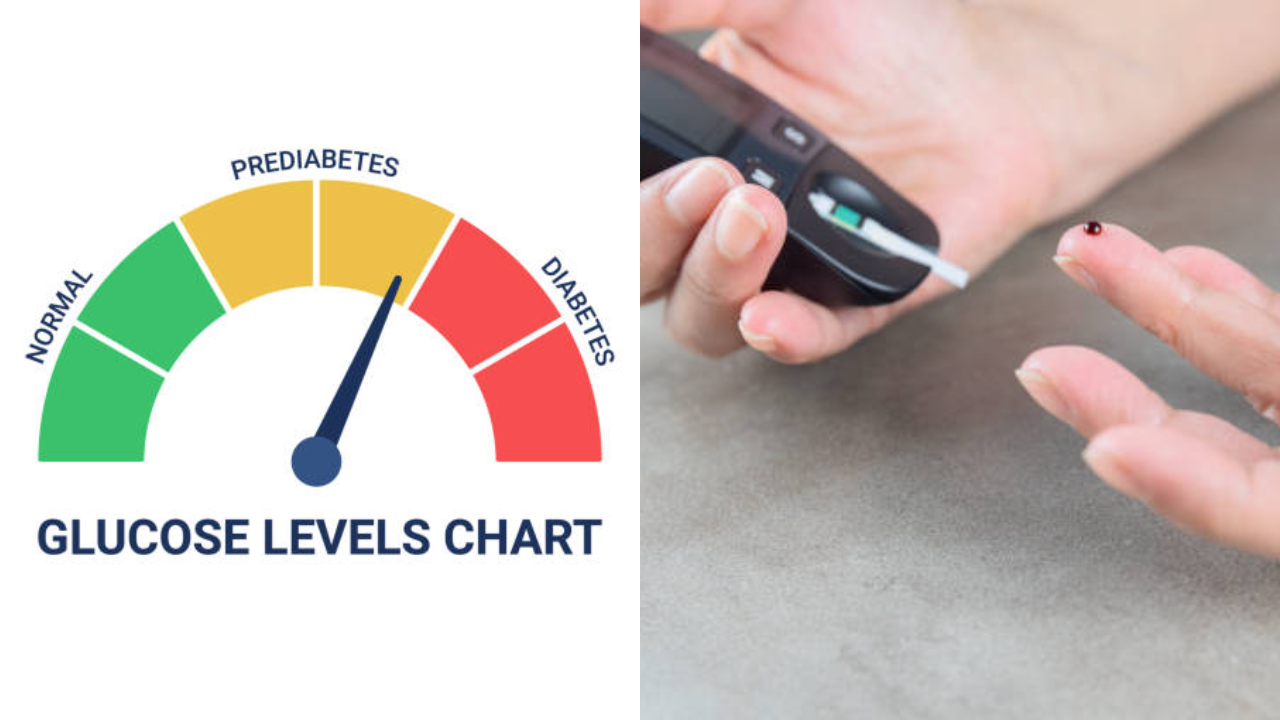Medically, prediabetes is defined as a health condition where blood sugar levels are elevated but not yet high enough to be classified as type 2 diabetes.It serves as a crucial warning, indicating an increased risk of developing diabetes without intervention. Around 15.4% of the urban population and 15.2% of rural India are in the pre-diabetic stage.
Around 136 million Indians are prediabetic, which necessitates the need to know more about the condition.
“Prediabetes is nothing but the early stage of diabetes or mild diabetes,” says Dr. Arun Kumar C. Singh, Director of Endocrinology & Diabetology, Metro Hospital Faridabad. “If you have parents, siblings, or grandparents who have type 2 diabetes, then your risk goes up and with that aging also is a very risk factor. So as somebody grows up and ages, after 40 years and 50 years, the risk of both diabetes and prediabetes increases, but then prediabetes comes before diabetes. But then the good news is many more risk factors can be modified and if we work on them, and improve them, we can reduce our risk of prediabetes and ultimately diabetes also,” he adds.
Do the symptoms of prediabetes differ from those of diabetes? How can one identify the mild symptoms of prediabetes, which often elude, continues to remain the big question. Dr.Rajneesh Srivastava, Senior Consultant –Internal Medicine, Max Hospital, Gurugram says that prediabetes signs are asymptomatic. “Prediabetes doesn’t usually have any signs or symptoms. One possible sign of prediabetes is darkened skin on certain body parts (neck, armpits, and groin). Symptoms of increased thirst, frequent urination, increased hunger, and unexplained weight loss suggest that you have moved from prediabetes to diabetes. However, it’s noteworthy that prediabetes can be asymptomatic, underscoring the importance of regular health check-ups and screenings,” Dr. Srivastava explains.
Adults of any age should consider regular blood sugar testing as part of routine health check-ups. This can provide baseline information and help identify any potential issues early on. Routine blood sugar level checks are essential for maintaining overall health, particularly for monitoring and preventing conditions like diabetes. Individuals with risk factors for diabetes should undergo testing earlier. Risk factors include a family history of diabetes, being overweight, having high blood pressure, belonging to certain ethnic groups (e.g., African American, Hispanic, Native American), and a history of gestational diabetes.
Yoga asanas to reduce stress and anxiety
To prevent diabetes, maintain a healthy lifestyle: eat a balanced diet with whole foods, engage in regular physical activity, manage stress, maintain a healthy weight, and avoid excessive sugar and refined carbohydrates. “So you can interpret it as like those people who are not active, those who have excess weight and those who eat unhealthily, they are at a much higher risk of prediabetes and along with that few medical conditions or metabolic diseases like high blood pressure, cholesterol problems, fatty liver, heart disease, PCOS in women, also increases the risk of prediabetes and ultimately type 2 diabetes,” says Dr. Arun Kumar C. Singh.
“Lifestyle factors, such as an unhealthy diet, lack of physical activity, and excess body weight, contribute significantly to prediabetes. Adopting a healthier lifestyle through balanced nutrition, regular exercise, and weight management is key to mitigating the risk and potentially reversing the condition. Early identification and intervention are crucial for preventing the progression to type 2 diabetes. Seeking medical advice, monitoring blood sugar levels, and embracing a health-conscious lifestyle empower individuals to take control of their well-being and minimize the risk of complications associated with diabetes,” suggests Dr. Srivastava.
Prediabetes severity varies, representing an intermediate stage between normal blood sugar levels and diabetes. It signals heightened risk for cardiovascular issues. Lifestyle changes like diet and exercise can often reverse prediabetes, preventing diabetes onset. However, neglecting it may lead to more serious health complications, underscoring the importance of early intervention. Regular check-ups, especially if you have risk factors, help in early detection and preventive measures.

